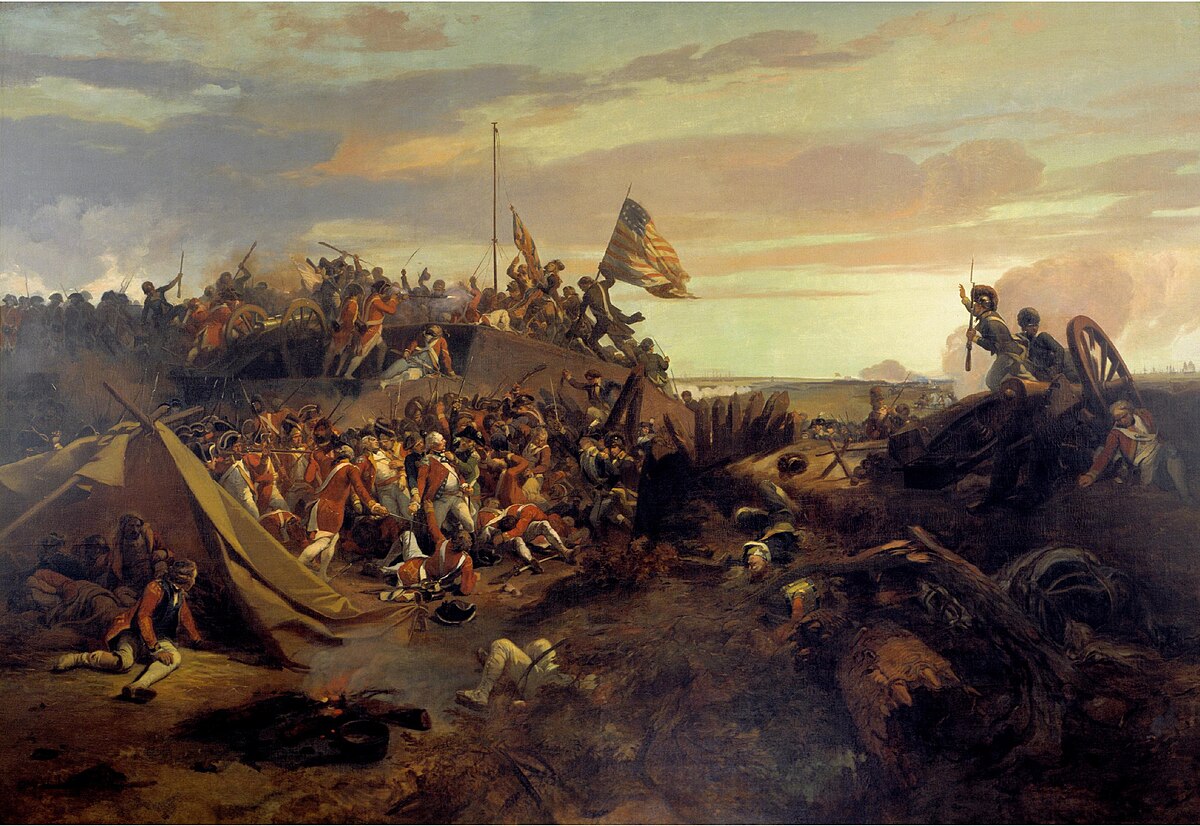
Siege of Yorktown
Yorktown, VAThe Siege of Yorktown, fought between September 28 and October 19, 1781, was a decisive engagement that effectively ended major hostilities in the American Revolutionary War. General George Washington, leading a combined force of American Continental Army troops and French allies, laid siege to the British-held town of Yorktown, Virginia. The British garrison was commanded by General Charles Cornwallis, who had taken a defensive position in the hopes of being resupplied or reinforced by the British navy. However, the French navy, under the command of Admiral de Grasse, successfully blockaded Chesapeake Bay, cutting off Cornwallis from any naval support.
The allied forces constructed siege lines and began to bombard the British positions, making it increasingly difficult for Cornwallis to hold out. American and French troops methodically closed in on the British defenses, while their artillery steadily weakened the British capability to fight back. Washington ordered an attack on two key British redoubts on October 14, which were successfully captured, thereby allowing the allies to position their artillery even closer to the British lines.
Facing an untenable situation, Cornwallis attempted a failed breakout and ultimately was forced to seek terms of surrender. On October 19, 1781, British forces officially surrendered, effectively ending significant military activities in North America. The victory at Yorktown had far-reaching implications; it broke British resolve to continue the war and led to the commencement of peace negotiations. The Treaty of Paris was signed in 1783, formally recognizing the United States of America as an independent nation.
Ask Herodotus
HistoryMaps Shop

Heroes of the American Revolution Painting
Explore the rich history of the American Revolution through this captivating painting of the Continental Army. Perfect for history enthusiasts and art collectors, this piece brings to life the bravery and struggles of early American soldiers.








